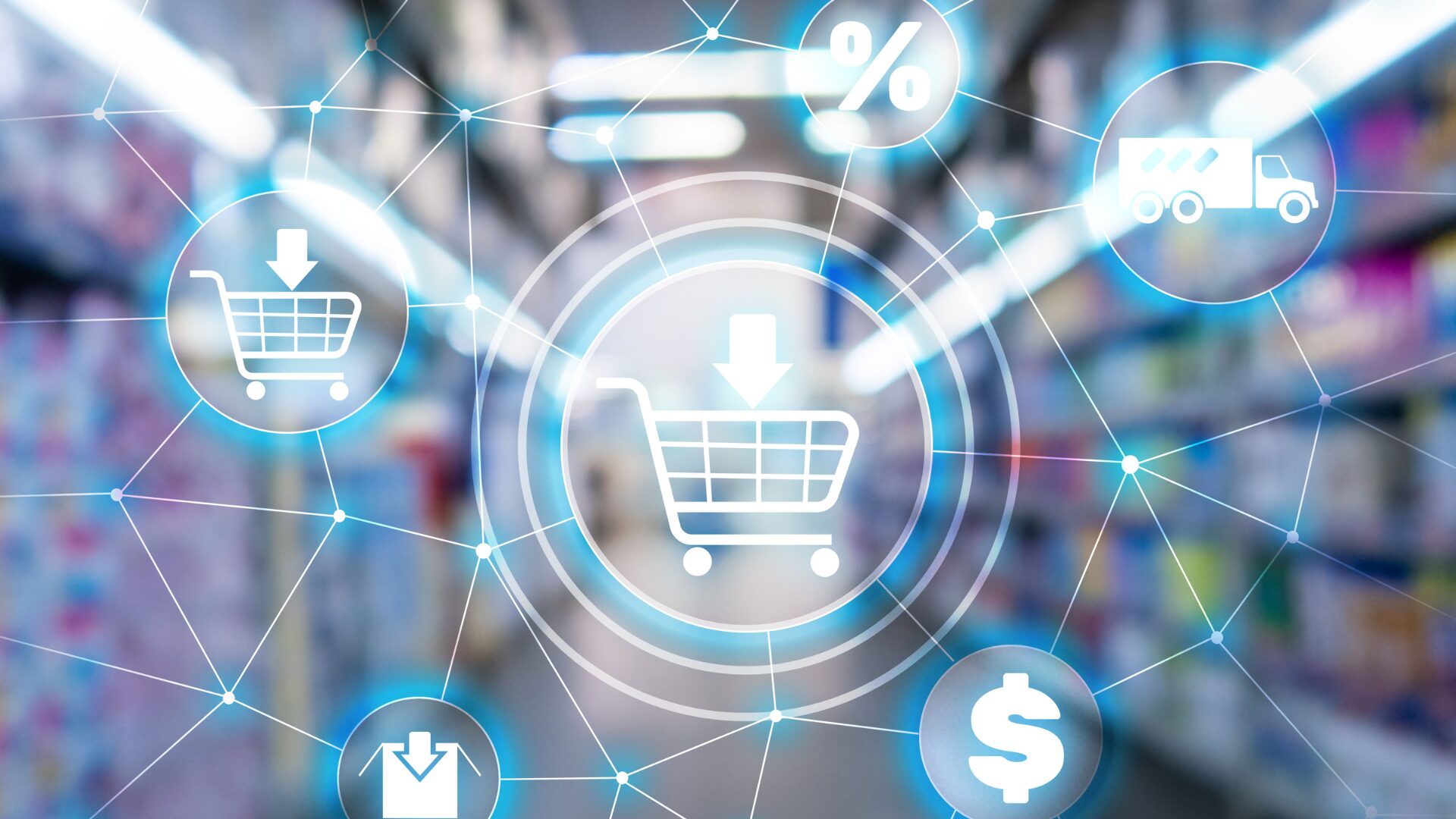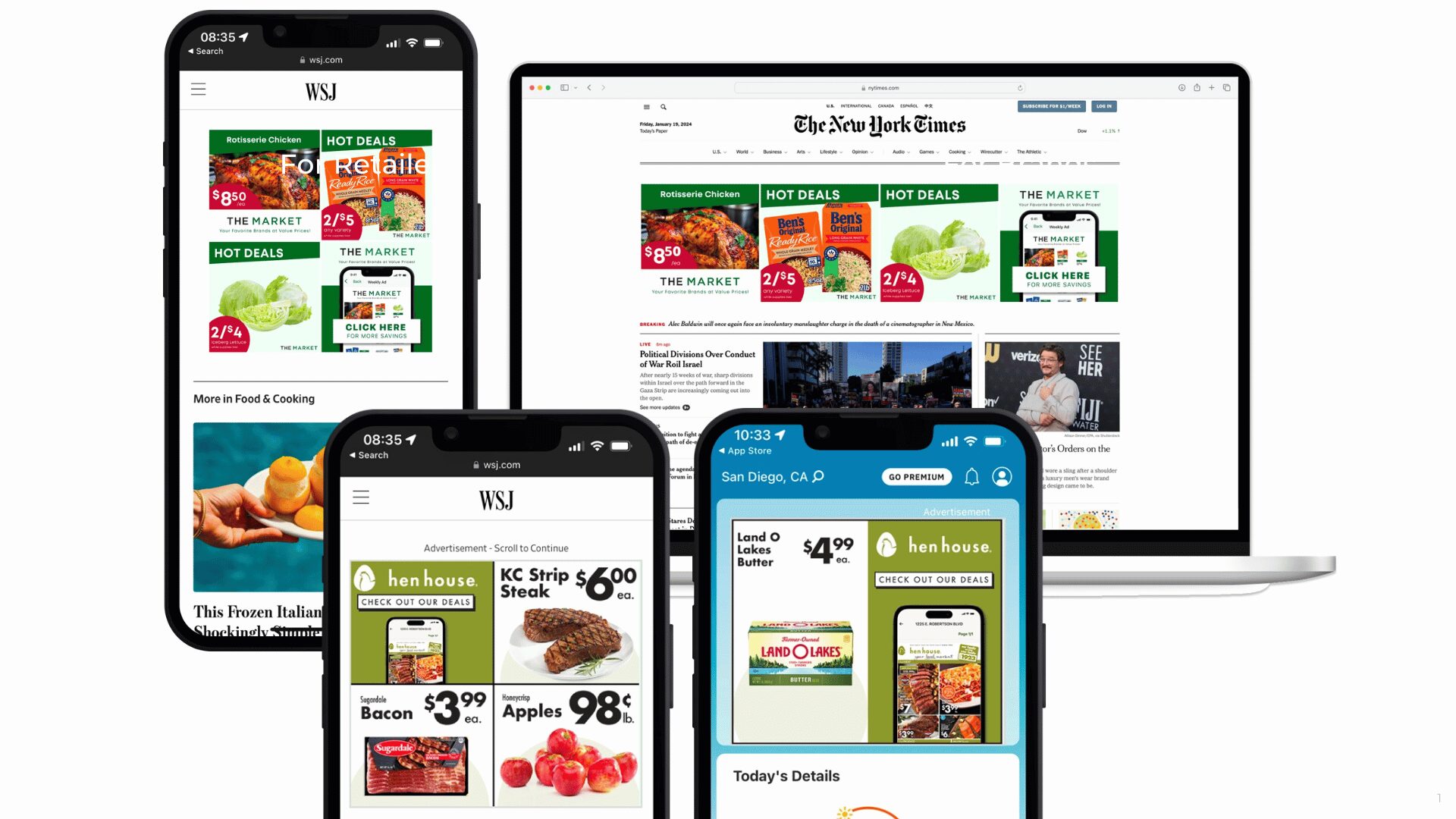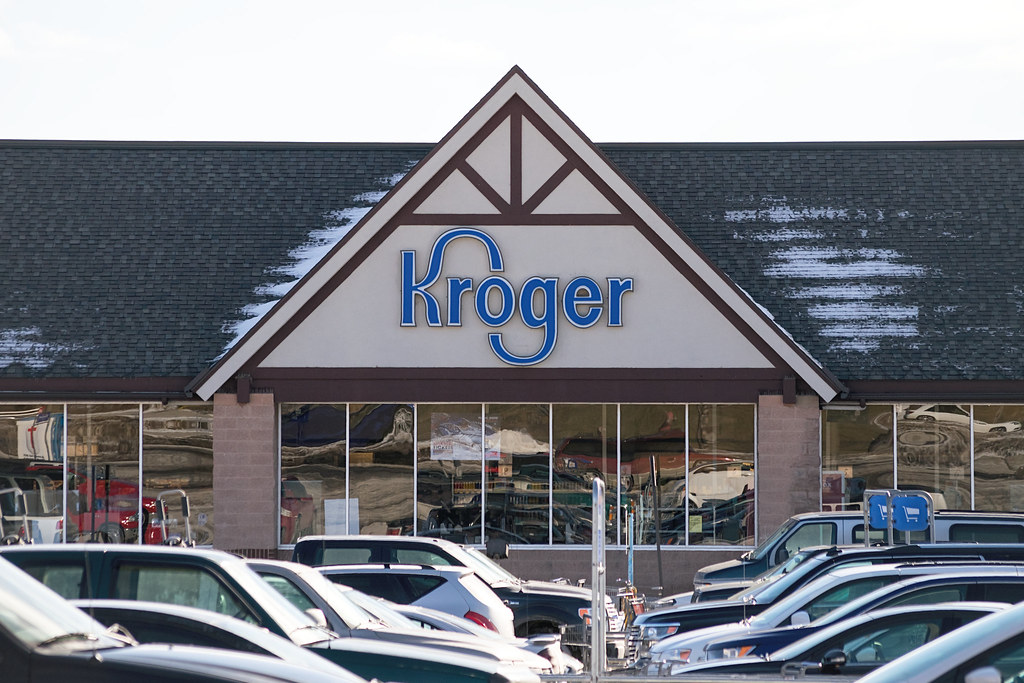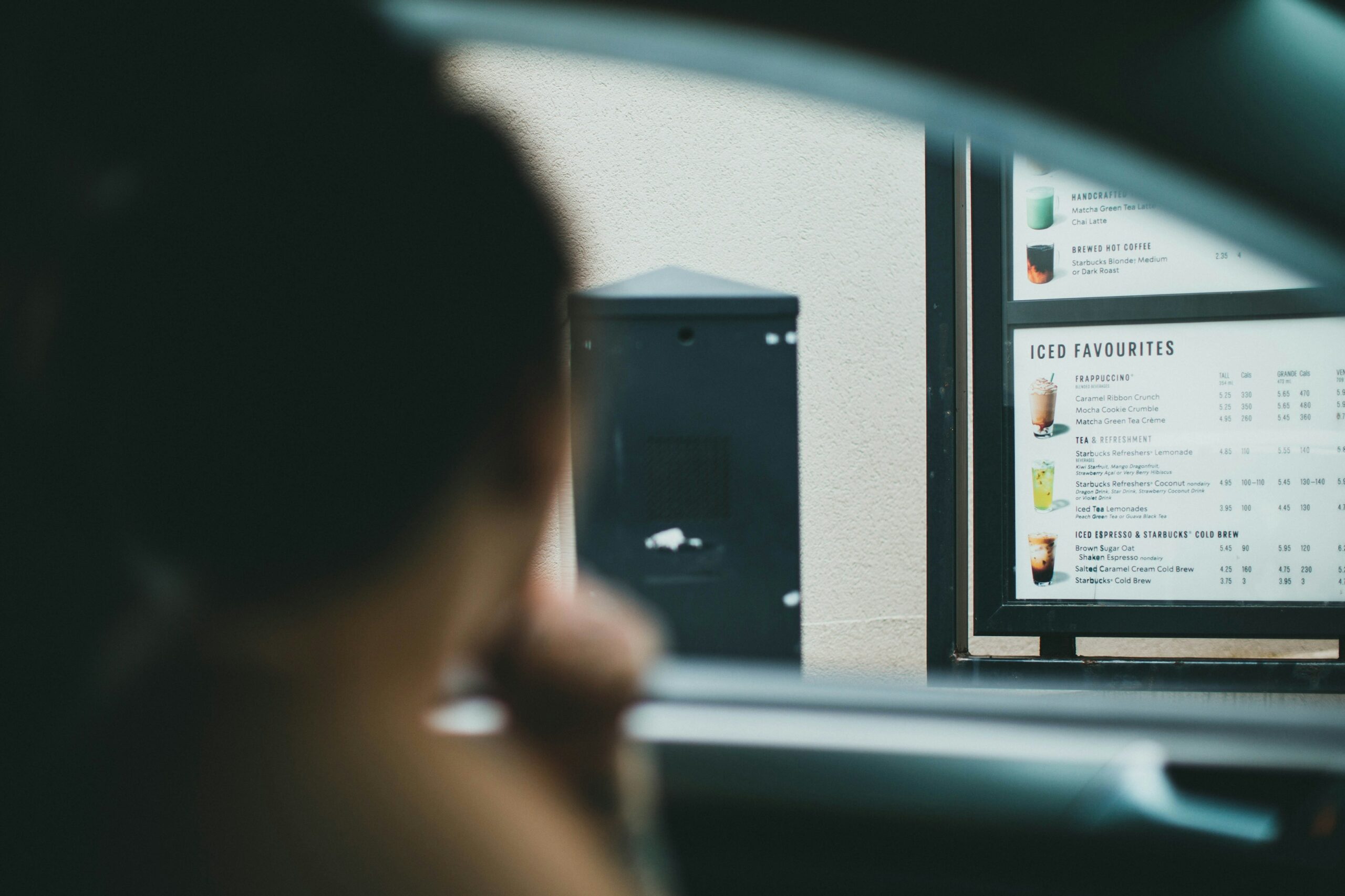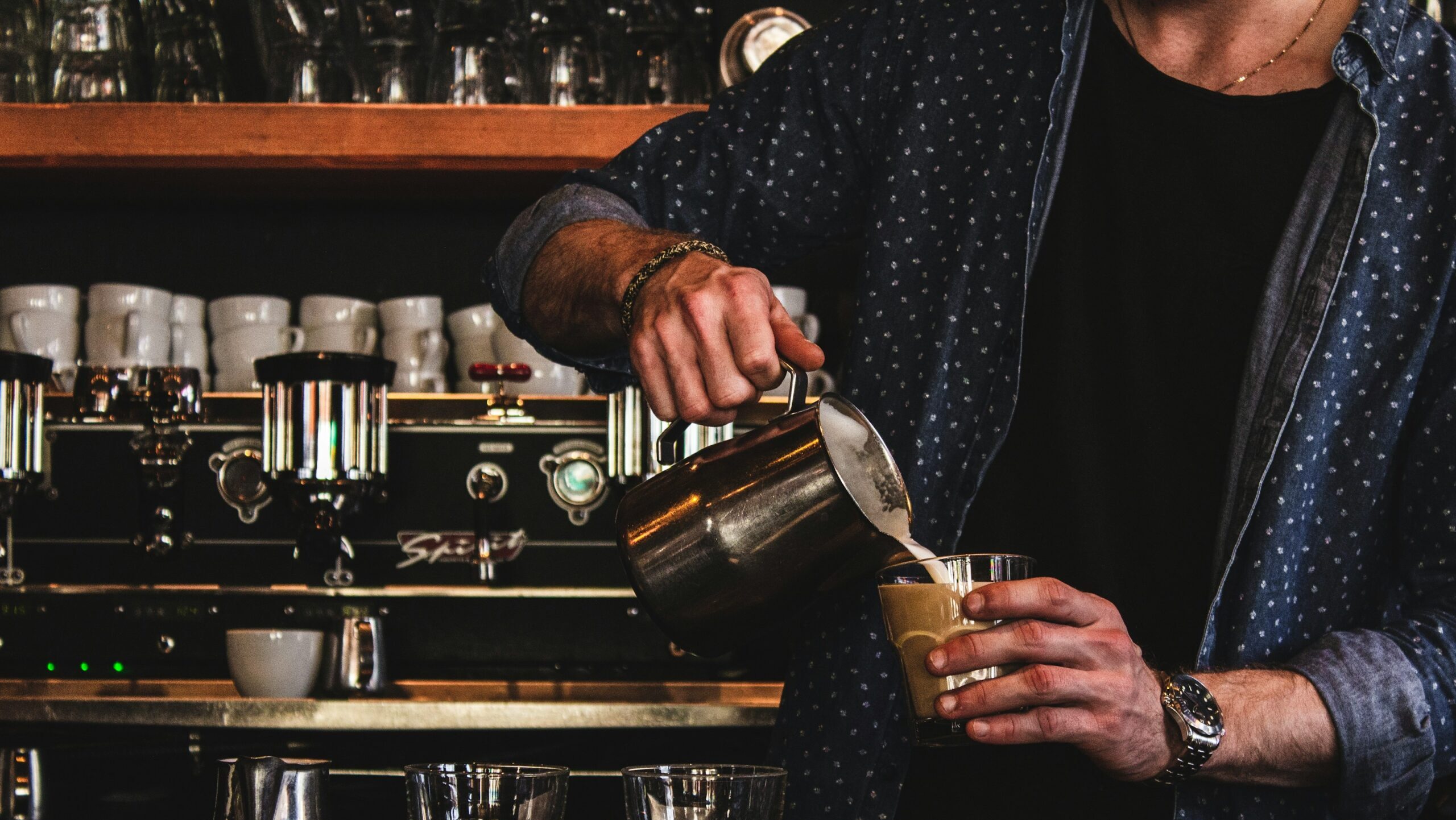As consumers largely continue to stay home during the COVID-19 pandemic, several food brands have shifted to a direct-to-consumer (DTC) model.
Bimbo Bakeries USA was one such brand who recently launched a DTC platform. And, one of the first major brands to hop on the DTC trend was PepsiCo last May, when it launched two DTC websites: PantryShop.com and Snacks.com.
It was also a popular trend for foodservice brands to ship DTC to make up for lost sales during the pandemic. For example, Cracker Barrel launched an online store, while distributor Sysco began providing food DTC through the launch of a Will-Call Pop-Up Truck sale.
The shift to DTC doesn’t seem to be going anywhere in 2021. The below examples offer further evidence of that.
BIMBO BAKERIES
Bimbo Bakeries USA recently launched a DTC platform called SweetSnacking.com.
The website allows consumers to purchase items from brands such as Little Bites, Entenmann’s, Sara Lee, Thomas, Takis, and more. Consumers can select from tailored boxes of various sizes as well as combination boxes featuring several brands in one.
“We know that our consumers can buy from multiple sources, but with everything that has happened since the beginning of the pandemic, we wanted to take the pressure off any way we could,” said Omar Haque, VP of eCommerce at Bimbo Bakeries, according to a report by BakeryandSnacks.com (Jan. 27).
WINERIES
There was a significant increase in DTC purchases from wineries in the final quarter of 2020, too, according to the 2021 Direct-to-Consumer Wine Shipping Report from Sovos ShipCompliant and Wines Vines Analytics. In 2020, wineries shipped 8.39 million cases of wine to consumers, representing a 27% increase over 2019, mostly due to the fact that people were not able to attend tasting rooms.
However, consumers mostly leaned toward lower-priced wines, as the value of shipments increased by just 14.9% to $3.7 billion. The average price per bottle of wine shipped during the year decreased by 9.5% to $36.83 per bottle, reflecting an overall tightening of budgets across the country.
Going forward, it’ll be key for food and beverage brands to continue to embrace this model of business, while keeping in mind the state of the economy as a whole.








